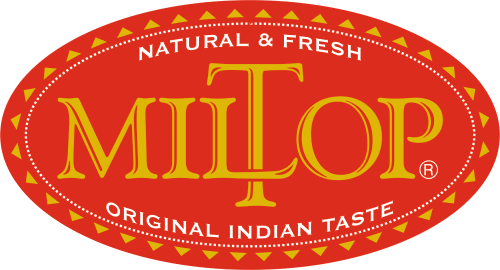Description
Barley is a widely adaptable crop. It is currently popular in temperate areas where it is grown as a summer crop and tropical areas where it is sown as a winter crop. Barley is more tolerant of soil salinity than wheat, which might explain the increase of barley cultivation in Mesopotamia from the 2nd millennium BC onwards. Barley has a short growing season and is also relatively drought tolerant. Hulless or “naked” barley (Hordeum vulgare L. var. nudum Hook. f.) is a form of domesticated barley with an easier to remove hull.
Barley is used in folk remedies for cancer (esp. of stomach and uterus), and tumors (of the abdomen). The seed meal is a folk remedy for cancer of the uterus, inflammatory and sclerotic tumors and gatherings, and parotid gland tumors. The seed flour is used for condylomata of the anus, tumors behind the ears, scirrhus of the testicles and spleen, and whitlows. Cataplasms derived from the seed are also believed to help breast cancers. It is reported to be antilactagogue, demulcent, digestive, diuretic, ecbolic, emollient, expectorant, febrifuge, and stomachic, barley is a folk remedy for bronchitis, burns, cancer, catarrh, chest, chilblains, cholecystosis, cholera, cough, debility, diarrhea, dyspepsia, fever, inflammation, measles, phthisis, puerperium, sores, and urogenital ailments. Barley grain is demulcent and easily assimilable, and used in dietary of invalids and convalescents. Pearl barley is form commonly used. Powdered parched grains used in form of gruel for painful and atonic dyspepsia. Barley water with honey prescribed for bronchial coughs, and with gum arabic used for soothing irritations of the bladder and urinary passage.
Hulled barley (or covered barley) is eaten after removing the inedible, fibrous outer hull. Once removed, it is called dehulled barley (or pot barley or scotch barley). Considered a whole grain, dehulled barley still has its bran and germ making it a nutritious and popular health food. Pearl barley (or pearled barley) is dehulled barley which has been steam processed further to remove the bran. It may be polished, a process known as “pearling”. Dehulled or pearl barley may be processed into a variety of barley products, including flour, flakes similar to oatmeal, and grits. It is used as a base malt for beer and certain distilled beverages, and as a component of various health foods. It is used in soups, stews and barley bread in various cultures, including in Scotland and in Africa. Barley-meal, whole meal barley flour which is lighter than wheat meal but darker in colour, is used in porridge and gruel in Scotland. Barley soup is traditionally eaten during Ramadan in Saudi Arabia. Non-alcoholic drinks such as barley water and barley tea (called mugicha in Japan). Barley is the key ingredient in beer and whisky production. Barley is a wonderfully versatile cereal grain with a rich nutlike flavor and an appealing chewy, pasta-like consistency. Its appearance resembles wheat berries, although it is slightly lighter in color. Sprouted barley is naturally high in maltose, a sugar that serves as the basis for both malt syrup sweeteners. When fermented, barley is used as an ingredient in beer and other alcoholic beverages.
Barley contains eight essential amino acids. Eating whole grain barley can regulate blood sugar for up to 10 hours after consumption compared to white or even whole-grain wheat, which has a similar glycemic index. Barley is a very good source of fiber and selenium. It also serves as a good source of the minerals phosphorus, copper and manganese.


